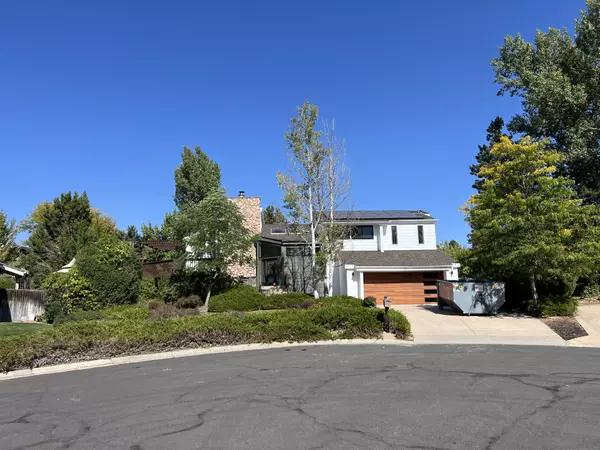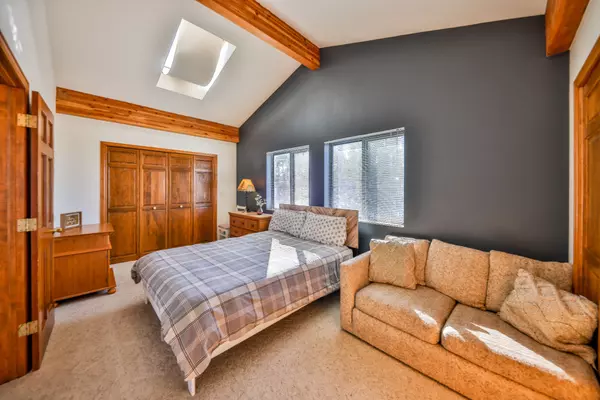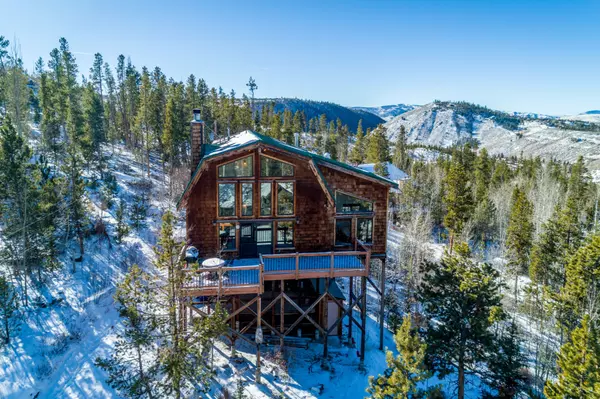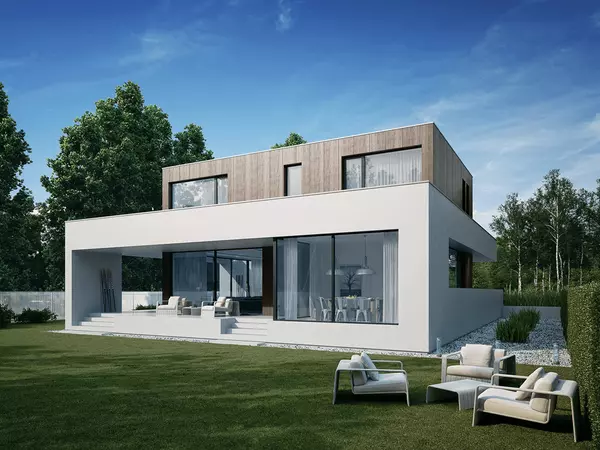The Residential New Build Process

The residential new build process involves the construction of a brand-new home, typically commissioned by a homebuyer or a developer. This process consists of several stages, from the initial planning and design to the completion and handover of the finished property. Here's an overview of the key steps in the residential new build process:
-
Pre-Construction Planning:
- Site Selection: Developers or homebuyers choose a suitable location for the new build, considering factors like proximity to amenities, transportation, schools, and local regulations.
- Architectural Design: The design phase involves creating detailed plans for the new home, including floor plans, elevations, and specifications. Architects work closely with clients to incorporate their preferences and requirements.
-
Obtaining Permits and Approvals:
- Before construction begins, necessary permits and approvals must be obtained from local authorities. This may include zoning permits, environmental clearances, and adherence to building codes.
-
Clearing and Grading the Land:
- The construction site is prepared by clearing vegetation, if necessary, and grading the land to ensure proper drainage. This stage sets the foundation for construction to begin.
-
Foundation Construction:
- The foundation is laid, typically made of concrete, to provide a stable base for the structure. There are different types of foundations, such as slab, crawl space, or full basement, depending on the design and local building codes.
-
Framework and Structural Construction:
- The framework of the house, often made of wood or steel, is constructed to form the structural skeleton of the building. This includes the walls, floors, and roof. At this stage, the shape and structure of the home become visible.
-
Installation of Utilities:
- Plumbing, electrical, and HVAC (heating, ventilation, and air conditioning) systems are installed within the framework. This includes wiring, pipes, and ductwork to provide essential services to the home.
-
Exterior Finishes:
- The exterior of the home is finished with materials such as siding, brick, stucco, or other chosen finishes. Windows and doors are installed, and the roof is completed, protecting the interior from the elements.
-
Interior Finishes:
- The interior spaces are finished with flooring, wall finishes, cabinetry, and other features. This includes installing fixtures, appliances, and other elements that contribute to the functionality and aesthetics of the home.
-
Inspections:
- Local building authorities conduct inspections at various stages of construction to ensure compliance with building codes and regulations. Inspections may cover structural integrity, electrical and plumbing systems, and overall safety.
-
Final Inspections and Certifications:
- A final inspection is conducted to verify that the construction meets all necessary standards. Once approved, the property is issued a certificate of occupancy, indicating that it is safe for habitation.
-
Completion and Handover:
- The completed home is handed over to the homeowner or developer. This includes transferring ownership, providing necessary documentation, and addressing any final details or concerns.
-
Post-Construction Services:
- Some developers or builders offer post-construction services, addressing any issues that may arise after the home is occupied. This may include warranty services, routine maintenance, or addressing any construction defects.
The residential new build process is complex and involves coordination among various professionals, including architects, builders, subcontractors, and inspectors. Effective communication and adherence to timelines are crucial for a successful and efficient construction project. Homebuyers should work closely with builders and stay informed throughout each stage of the process to ensure their expectations are met and any concerns are addressed promptly.
Contact The Next Door Team for a personalized, professional real estate experience.
Danielle Witte - Colorado Realtor, Certified Luxury Home Marketing Specialist
Your Westminster Real Estate Expert with over 13 years of Experience
Recent Posts










GET MORE INFORMATION

Team Lead | License ID: 100041185

